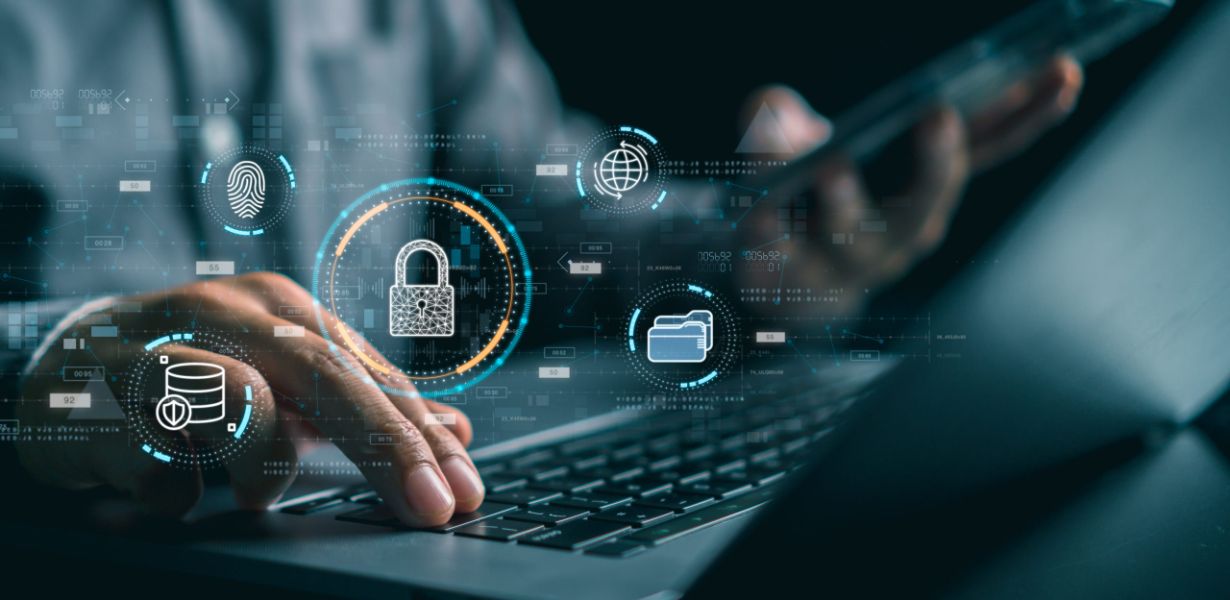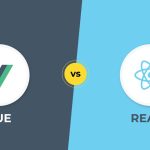
The Unseen Heroes: A Comprehensive Guide to Cybersecurity in Software as a Service
- Post
- August 7, 2023
- Cloud Computing, Internet & Web Services, Software as a Service
- 0 Comments
In today’s digital age, Software as a Service (SaaS) has emerged as a transformative solution, enabling businesses to access applications and services over the internet without the need for complex installations. This revolutionary model brings convenience and efficiency, but it also introduces new challenges, particularly in the realm of cybersecurity. As we delve into the intricacies of SaaS cybersecurity, we unveil the crucial measures that underpin the protection of sensitive data and the integrity of operations.
Understanding Software as a Service (SaaS)
Software as a Service, What Is It?: At its core, Software as a Service (SaaS) is a cloud-based delivery model that offers software and applications on a subscription basis. Unlike traditional software, which requires local installation, SaaS allows users to access programs via a web browser. This approach eliminates the need for manual updates and maintenance, ushering in a new era of convenience and scalability for businesses.
The Security Landscape in SaaS Environments
Safeguarding Data in Transit: One of the primary concerns in SaaS cybersecurity is protecting data while it traverses the internet. Encryption protocols, such as HTTPS, play a pivotal role in ensuring that data remains confidential and secure during transmission. This encryption is a digital armor that shields sensitive information from prying eyes.
Authentication and Authorization: Implementing robust authentication and authorization mechanisms is crucial to prevent unauthorized access to SaaS applications. Multi-factor authentication (MFA) and role-based access control (RBAC) are two critical pillars in the defense against cyber threats.
Threats and Vulnerabilities in SaaS Ecosystem
Data Breaches: The specter of data breaches looms large in the SaaS ecosystem. Cybercriminals exploit vulnerabilities to gain unauthorized access to sensitive information. Comprehensive encryption and regular security audits act as sentinels, standing guard against these malevolent incursions.
Phishing and Social Engineering: Phishing attacks remain a persistent threat. Cyber adversaries employ clever tactics to manipulate users into divulging confidential information. Educating users about the nuances of phishing and social engineering is paramount in mitigating this risk.
Vendor Security and Due Diligence
Vendor Assessment: Choosing a reputable SaaS provider is a pivotal decision that shapes your cybersecurity strategy. Thoroughly evaluating the vendor’s security protocols, compliance standards, and incident response plans is indispensable. A well-informed decision ensures a symbiotic partnership that safeguards your interests.
Best Practices for a Secure SaaS Environment
Regular Security Audits: Conducting periodic security audits is a proactive measure to identify vulnerabilities and weaknesses in your SaaS environment. These audits facilitate timely remediation, reducing the likelihood of security breaches.
Employee Training and Awareness: Your security posture is only as strong as your weakest link. Investing in comprehensive training programs that empower employees to recognize and respond to potential threats bolsters the overall cybersecurity resilience.
Final Words
In the intricate realm of Software as a Service, cybersecurity emerges as an unsung hero, tirelessly guarding against digital threats that seek to undermine businesses’ operations and compromise sensitive data. By embracing encryption, stringent authentication measures, and vigilant vendor assessments, organizations can harness the transformative power of SaaS while fortifying their digital defenses.
Commonly Asked Questions
Q1: Is SaaS more vulnerable to cyberattacks than traditional software?
A1: SaaS introduces its own set of security challenges, but with proper encryption, authentication, and regular audits, vulnerabilities can be mitigated effectively.
Q2: How can businesses ensure their data is secure when using SaaS applications?
A2: Businesses should prioritize encryption, multi-factor authentication, and continuous employee training to ensure data security in SaaS environments.
Q3: What role does employee training play in SaaS cybersecurity?
A3: Employee training is pivotal in creating a vigilant workforce that can identify and respond to phishing and social engineering attempts, bolstering overall cybersecurity.
Q4: How should businesses approach vendor assessment for SaaS security?
A4: Thoroughly evaluating a SaaS vendor’s security protocols, compliance standards, and incident response plans is essential to making an informed and secure choice.
Q5: What is the primary advantage of SaaS in comparison to traditional software?
A5: SaaS offers the advantage of accessibility and scalability, allowing businesses to access applications over the internet without the need for complex installations.




